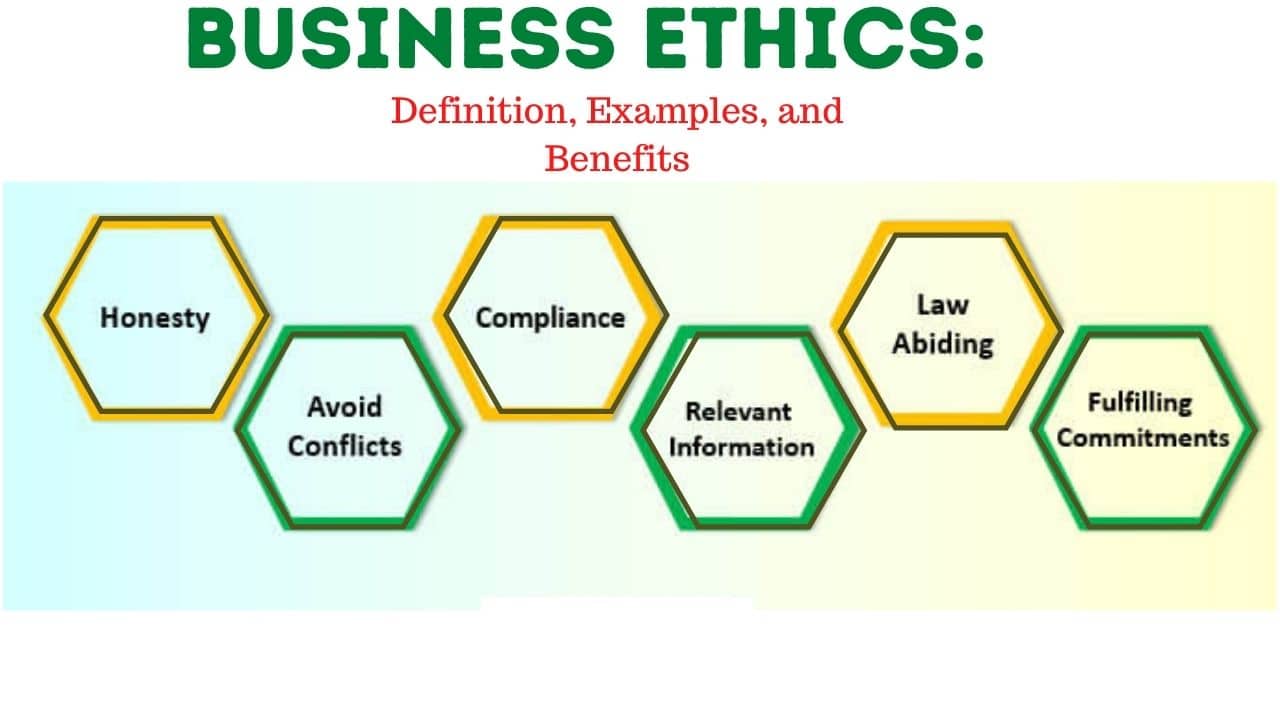The process of onboarding recruits is essential in every field as you can’t do without it. A new hire will have a much easier time fitting in with their new teams and responsibilities if they have a solid onboarding checklist in place. That is to say, if new employee is properly trained, they are more likely to fit in with the company’s culture and do what the employer wants. Read on to learn about the employee onboarding checklist and the new IT hire onboarding checklist.
What Is Onboarding?
An extensive onboarding procedure benefits new staff immensely. This allows them to become acquainted with their tasks, the team dynamic, as well as the position’s aims and objectives. A good onboarding process leads to increased productivity, morale, and job satisfaction. As a result, engagement increases and employees stay for the long haul. In other words, a thorough onboarding program helps everyone.
What Is an Onboarding Checklist?
A new employee’s first few weeks or months on the job can be a whirlwind. So it’s helpful for recruiting managers to create an onboarding checklist to keep everything in order. Hence, with this checklist, you can rest assured that you have covered all of the bases in welcoming a new employee to the team. It serves as a basis from which role-specific processes can be developed.
Also, keep in mind that just because you’ve done everything on your onboarding checklist doesn’t mean its effective. The most effective onboarding programs strike a balance between catering to the employee’s wants and needs while also preparing them to fully embrace the company’s core values in unexpected ways.
Employee Onboarding Checklist
Steps for an effective employee onboarding checklist are:
#1. Make It Official With the Human Resources Department
To develop an employee onboarding checklist, assuming your firm has an HR department, submit a request for hiring permission. Meanwhile, before a new job is finalized, the HR department may additionally request evidence of a clean drug test and credit check. Also ensure to put an end to the search and take down any job ads that may still be there.
#2. Get the Necessary Forms Ready for the New Hire
On the onboarding checklist, ensure the employee has the required documents to sign in on the first day of employment. However, this excludes tax documents, leases, payroll records, and perhaps other forms. Give the new hire a copy of the handbook and a rewarding summary to read through. Provide a contact person who may be reached if the new employee has any worries or inquiries about their compensation or benefits. A printed copy of the position description might serve as a useful reference for keeping in mind the organizational objectives for the position.
#3. Install Relevant Hardware and Software
If you want your new employees to do a good job, you should probably provide them with the tools they need to do so. Whenever you have a new hire, you should contact IT to get them set up with the necessary software.
When talking about security measures to take, you should always stress how important it is to have strong passwords, change them often, and use two-factor authentication. Also, ensure that any proprietary or extremely complex software is fully documented and has accompanying training materials or software for new employees to use.
#4. Determine the Workspaces
While the corporate environment may work well for some new workers, others may do better in private offices. Locating work areas for new hires should be a top priority. The next step is to make sure that they have everything they need at their desks, including laptops, notebooks, pencils, and pens. Having corporate logo items like T-shirts and caps displayed near their desks is a simple way to make a good impression.
#5. Get Yourself Ready for the Site Tour
Offering a tour of the premises is a great way to familiarize new hires with the area and cut down on anxiety. So, if you want your new hires to feel comfortable asking questions and finding their way around, it’s a good idea to make a map before you offer the tour. Included in the plan should be locations such as the employee’s desk or workstation, their direct supervisor’s office, the break room, the restrooms, the supply room, the business center, and the conference room. The map should be digitized so that it may be viewed quickly and readily online.
#6. Create the Working Environment You Require
Ensure that your new employee’s workspace has all of the necessary supplies, such as a clean seat and desk, as well as anything else they may require. Make an effort, if at all possible, to put together a welcome package for the new employee’s place of business. This could consist of business apparel, office equipment, or a straightforward present such as a coffee mug or a potted plant for their office. If the employee is going to be working from home, it could be a good idea to give them a care package with some swag.
#7. Set up an Appointment for the New Employee Orientation
On the first day of the new employee’s employment, you should schedule some time for an orientation for newly hired employees. In an ideal situation, this won’t just give the person the chance to sign papers; it will also offer them the opportunity to learn about the company’s values, study the organization’s structure, and discover how the different departments interact with one another.
New hire onboarding checklist
Companies can utilize a hire onboarding checklist for a new employee to ensure they are following the proper procedures. This is done to welcome and integrate their new staff member into the organization. The initial few weeks of a new employee’s employment are crucial in setting the stage for the rest of their tenure and revealing whether or not they will be worth the cost of hiring them. Steps for an effective new hire onboarding checklist include the following:
#1. Fill Out a Job Application and Send It to HR
It is critical to begin the hiring process by contacting HR in order to create an effective new hire onboarding checklist.
#2. Carry Out a History Verification
This is crucial in many jobs to guarantee the security of customers and employees.
#3. Go Over the Routine and the Fundamentals of the Job
Contacting the new hire at this time allows you to review the initial week’s schedule, hand out a timesheet if needed, and go over other ground rules and regulations like parking and attire.
#4. Check the Responsibilities and Job Descriptions
Send the new hire an email with a copy of the job description, answer any questions they may have, and explain their role in the unit and the larger functional area. This will help you make a good new hire onboarding checklist. You can also add this to the letter you send to every new employee.
#5. Fill Out the Necessary Paperwork While Starting a New Job
If you take care of this before they even arrive at work, you’ll both be capable of concentrating on more pressing matters once they do arrive.
See also: New Hire Onboarding Beat Practices In 2023
IT Onboarding Checklist
As part of the larger process of onboarding, which includes a checklist, IT departments often provide new employees with an overview of the systems they’ll be using in their jobs, as well as any necessary training. One example is providing new hires with laptops, smartphones, and other devices. The training can also entail explaining fundamental internet safety and privacy practices.
Technology training is an important part of the IT onboarding checklist because it helps new employees learn the skills they need to do their jobs. If the job is mostly about technology or depends heavily on technology, the IT onboarding checklist will be more detailed than usual. You can use the below IT employee onboarding checklist to organize and prioritize the steps you need to take to finish the workflow.
- Compile data on new hires.
- Purchase the required tools.
- Install devices.
- Create user profiles for required programs.
- Gather new hires in IT for orientation.
- Take your own privacy and cyber security courses.
- Get employee signatures on a nondisclosure agreement.
Importance of IT Onboarding Checklist
In order to do their jobs effectively, new hires need to learn how to use a wide variety of computer programs and hardware. In order to aid new hires, an IT onboarding checklist is crucial. Thus, below is an explanation of the importance of the IT onboarding checklist:
#1. Get an Understanding of the Technological Frameworks
Newly hired employees may feel burdened by the number of technologies they must utilize to be effective in their work. Before beginning their day-to-day tasks, it is beneficial for them to have had a thorough introduction to the equipment, software, and procedures that they would be using in their jobs in the information technology department.
#2. Set up All the Accounts You Need
New hires will need to log into more than a couple of accounts to use the necessary software for their jobs, including interaction and safety tools. New employees have the option of getting all of their digital accounts established. This is done with the help of your firm’s IT professionals when they participate in an IT onboarding checklist program.
#3. Educate Yourself on Matters of Safety and Security
When a new employee is hired, they are given access to any secret information the company may have right away. Helping newly hired IT employees learn how to handle and protect sensitive data. During the onboarding process, they get a full rundown of the company’s rules for safety and privacy. This makes it easier for them to do the job.
#4. Feel Confident in Using Technology
Not only should newly hired workers learn about the technology they will be using, but they should also learn how to use it. However, they also need to have full faith in their capacity to apply that innovation to fulfill the needs of their work. A comprehensive onboarding approach for information technology guarantees that all newly hired staff are properly trained on the relevant software and hardware.
How to Create an IT Onboarding Checklist
An IT onboarding checklist should be made far in advance of the employee’s first day of work. This is done when the process of onboarding a new employee begins much before that date. Depending on the kind of business you operate, you may need a few different versions, such as the following:
- A comprehensive list of the prerequisites for beginning to work with information technology.
- Requirements for each and every available position within the firm.
- A list in which each department has its distinct entry.
- In each job, there are a different set of duties that must be done.
Lastly, your company’s IT and HR departments should work together to make a company checklist. You can use the general version as a starting point for versions that are meant to be more specific. Then, the heads of the departments will be able to change the checklist to fit their needs. Also, when a new employee is hired for one of an organization’s departments, the person in charge of hiring can make a list of requirements for that employee to meet.
Excel and Google Sheets are two examples of software that can be used to make documents that are easy to change and share. On the IT onboarding checklist, you can write down all of the responsibilities and reminders, and you can also give each one to a different team member.
What Are the 4 Phases of Onboarding?
They include:
- Pre boarding.
- Orienting and making new employees feel welcome.
- Training.
- Adjust to your new responsibilities.
What Are the 5 C’s of Onboarding?
Compliance, Clarity, Confidence, Connection, and Culture have subsequently grown into the five “C’s” of onboarding.
How Long Should an Onboarding Checklist Be?
The length of a company’s onboarding checklist will depend on what the company does and how it hires new employees. However, it should encompass everything from getting a new employee-oriented to assisting them in becoming acclimated to their new position.
What Are the 3 Most Important Elements of Successful Onboarding?
The three most important elements of successful onboarding include:
- Give everyone a part to play.
- Introduce yourself and others.
- Transmit the principles and ethos of the company.
What Are Onboarding Techniques?
- Begin with HR orientation.
- Explore the Office.
- Cover the fundamentals.
- Associate with a mentor.
- Set Objectives.
- Begin working on tasks.
- Regularly check in and communicate.
References
- forbes.com
- indeed.com
- getguru.com
Related Articles
- EMPLOYEE ONBOARDING: What You Should Know About The Entire Onboarding Process
- New Hire Onboarding Best Practices In 2023
- ONBOARDING BEST PRACTICES: For Employees & Customers.
- ON-BOARDING: Meaning, Process, What You Should Know & Checklist
- How to Hire Employees for Small Businesses & Startups: A Detailed Guide






